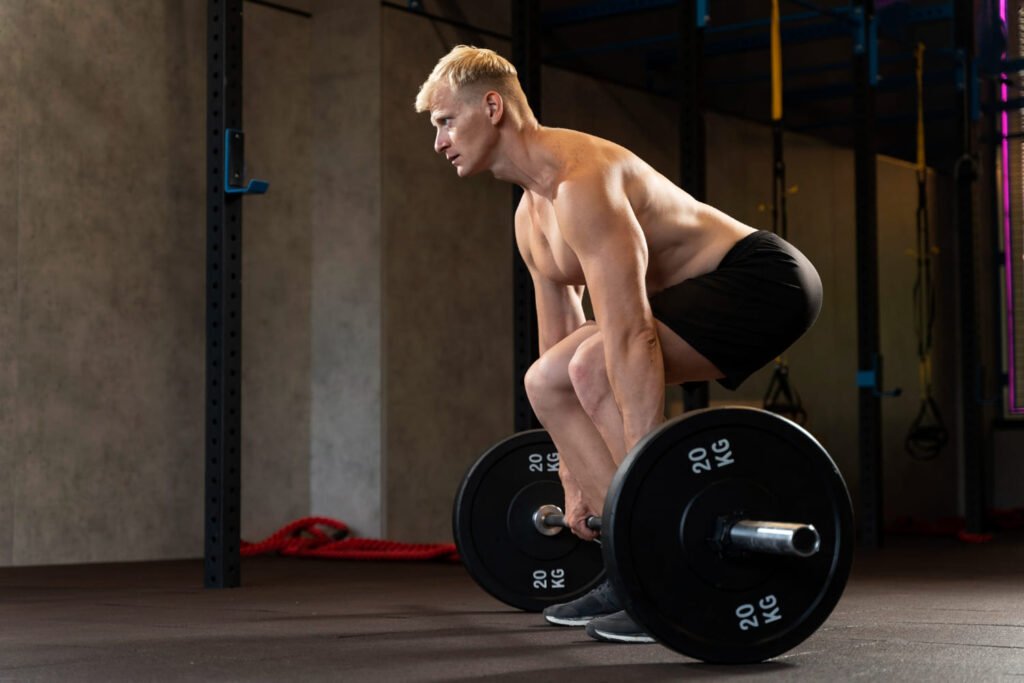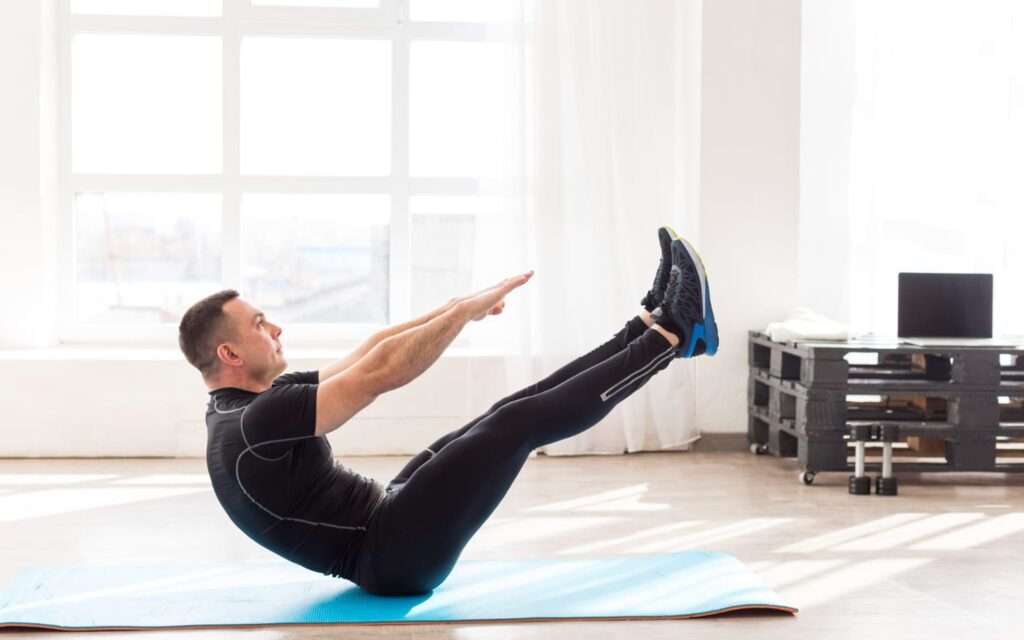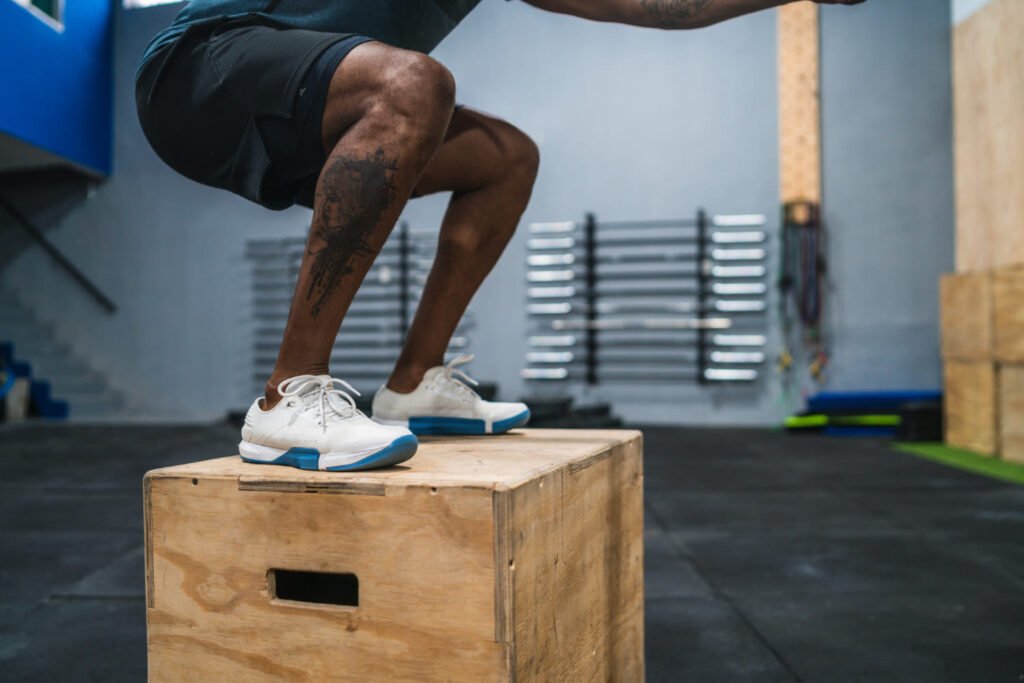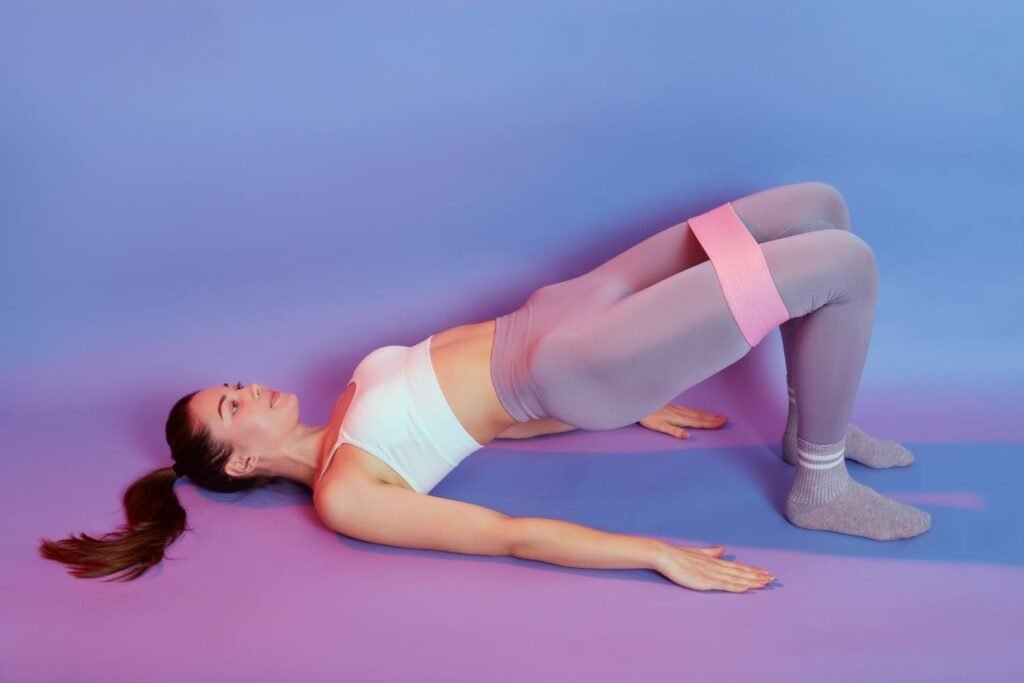The Best Fluffy Pancakes recipe you will fall in love with. Full of tips and tricks to help you make the best pancakes.
Strength Training for Cyclists (Gym & Home)
Workouts that enhance cycling-specific power and reduce injury risk.
Strength training isn’t just for gym-goers—it’s a powerful tool for cyclists who want to improve performance, prevent injury, and stay strong in the saddle. While cycling builds cardiovascular endurance, it often neglects key muscle groups responsible for stability, posture, and power. The right off-bike workouts can fill those gaps and elevate your riding.
This guide covers five essential strength exercises designed specifically for cyclists. From unilateral movements that mimic the pedal stroke to core-focused holds that stabilize your riding position, each workout targets common weaknesses and builds functional power.
Bulgarian Split Squats: Single-Leg Power for Cycling Performance
Bulgarian split squats represent one of the most effective strength exercises for cyclists seeking improved pedaling power. This unilateral movement targets quadriceps, glutes, hamstrings, and core muscles simultaneously during execution. The exercise mimics the single-leg loading pattern experienced during the cycling pedal stroke downstroke phase. Building strength in this position translates directly to increased power output on the bike. The balance component challenges stabilizing muscles often neglected in traditional cycling training routines.
Key benefits for cycling strength development include:
- Unilateral strength: Addresses left-right imbalances common in cycling athletes
- Functional movement: Closely replicates cycling pedal stroke mechanics and muscle activation
- Core engagement: Requires trunk stability throughout the cycling-specific movement pattern
- Equipment flexibility: Perform with dumbbells, bodyweight, or barbell for cycling strength progression
- Injury prevention: Strengthens knees and hips against common cycling overuse injuries
- Power transfer: Improves force production during climbing and sprinting cycling efforts
Execute 3 sets of 8-10 reps per leg with controlled movement for optimal cycling strength gains.
Deadlifts: Posterior Chain Power for Cycling Athletes

Deadlifts build essential posterior chain strength that directly supports cycling performance and injury prevention. This compound movement targets glutes, hamstrings, and lower back muscles crucial for hip extension power. Strong hip extensors generate force during the cycling pedal stroke’s power phase effectively. Romanian deadlift variations work particularly well for cyclists targeting hamstring and glute development. The movement pattern reinforces proper hip hinge mechanics essential for cycling position maintenance.
| Exercise Variation | Primary Targets | Equipment Needed | Cycling Benefits |
| Conventional Deadlift | Full posterior chain | Barbell/gym | Maximum strength |
| Romanian Deadlift | Hamstrings/glutes | Dumbbells/home | Hip flexibility |
| Single-leg RDL | Unilateral strength | Dumbbell/home | Balance/stability |
This cycling strength exercise prevents lower back issues while improving sprint and climbing power significantly. Execute 3-4 sets of 6-8 reps with proper form prioritized over maximum weight loads.
Plank Variations: Core Stability for Cycling Endurance

Core stability forms the foundation of efficient cycling performance and injury prevention throughout long rides. Plank variations target deep abdominal muscles, obliques, and lower back stabilizers simultaneously during execution. Strong core muscles transfer power efficiently from legs to pedals during cycling efforts. Improved trunk stability enhances bike handling, especially during out-of-saddle climbing and technical cycling sections. These exercises require no equipment, making them ideal for cyclists training at home.
Essential plank progressions for cycling strength include:
- Front plank: Hold 30-60 seconds for basic cycling core stability development
- Side planks: 30 seconds each side for lateral cycling stability and oblique strength
- Plank shoulder taps: Add dynamic movement for cycling-specific core challenges
- Single-leg planks: Increase difficulty while targeting cycling-relevant stability patterns
- Plank to downward dog: Dynamic movement mimics cycling position changes
- Weighted planks: Add resistance for advanced cycling strength development
Progress gradually to maintain proper form while building cycling-specific core endurance and strength.
Step-Ups: Explosive Leg Drive for Cycling Power

Step-ups develop explosive leg drive and joint stability essential for powerful cycling performance. This functional movement targets quadriceps, glutes, and calves while challenging balance and coordination. The exercise replicates the single-leg loading pattern experienced during cycling pedal strokes effectively. Weighted step-ups build strength that translates directly to improved climbing and sprinting cycling abilities. The movement also strengthens stabilizing muscles around the knee joint for injury prevention.
| Step-Up Variation | Difficulty Level | Equipment | Cycling Application |
| Bodyweight | Beginner | Bench only | Basic strength |
| Weighted | Intermediate | Dumbbells + bench | Power development |
| Lateral | Advanced | Bench + weights | Bike handling |
| Explosive | Expert | Bench + weights | Sprint power |
Focus on controlled movement with full foot contact and heel drive for optimal cycling strength transfer. Execute 3 sets of 10 reps per leg while maintaining proper knee alignment throughout.
Resistance Band Hip Bridges: Glute Activation for Cycling Health

Hip bridges with resistance bands activate glute muscles often underused in cycling-specific movement patterns. Strong glutes protect the lower back from strain during long cycling sessions and improve power transfer. The resistance band adds lateral tension that targets glute medius muscles crucial for hip stability. Many cyclists develop weak glutes from prolonged sitting positions both on and off the bike. This exercise corrects muscle imbalances while building cycling-relevant strength patterns effectively.
Glute bridge benefits for cycling performance include:
- Glute activation: Awakens dormant muscles essential for cycling power and injury prevention
- Hip stability: Improves lateral control during cycling efforts and bike handling situations
- Lower back protection: Reduces strain on lumbar spine during extended cycling sessions
- Power transfer: Enhances force production during cycling pedal stroke through proper muscle activation
- Posture improvement: Counteracts forward head and rounded shoulder cycling position adaptations
- Equipment accessibility: Resistance bands make this cycling exercise convenient for home training
Perform 3 sets of 12-15 reps with 2-3 second holds for optimal cycling strength and activation.
Summary
Adding structured strength work to your cycling training pays off with better power, endurance, and injury resilience. Here’s a quick breakdown of the top exercises:
- Bulgarian Split Squats: Build single-leg power and correct imbalances for more efficient pedal strokes.
- Deadlifts: Strengthen your entire posterior chain (glutes, hamstrings, lower back) to support climbing and sprinting.
- Plank Variations: Develop deep core stability to improve bike handling and endurance posture.
- Step-Ups: Train explosive leg drive and coordination for improved acceleration and hill performance.
- Resistance Band Hip Bridges: Activate glutes and support hip stability—critical for long-term cycling health.
These workouts are simple, effective, and adaptable for home or gym use. Incorporate them 1–2 times per week into your training schedule to ride stronger and stay injury-free.
Want to integrate strength work into your riding routine? Be sure to check out our full Cycling Training resource for periodized training plans and off-bike performance strategies.





